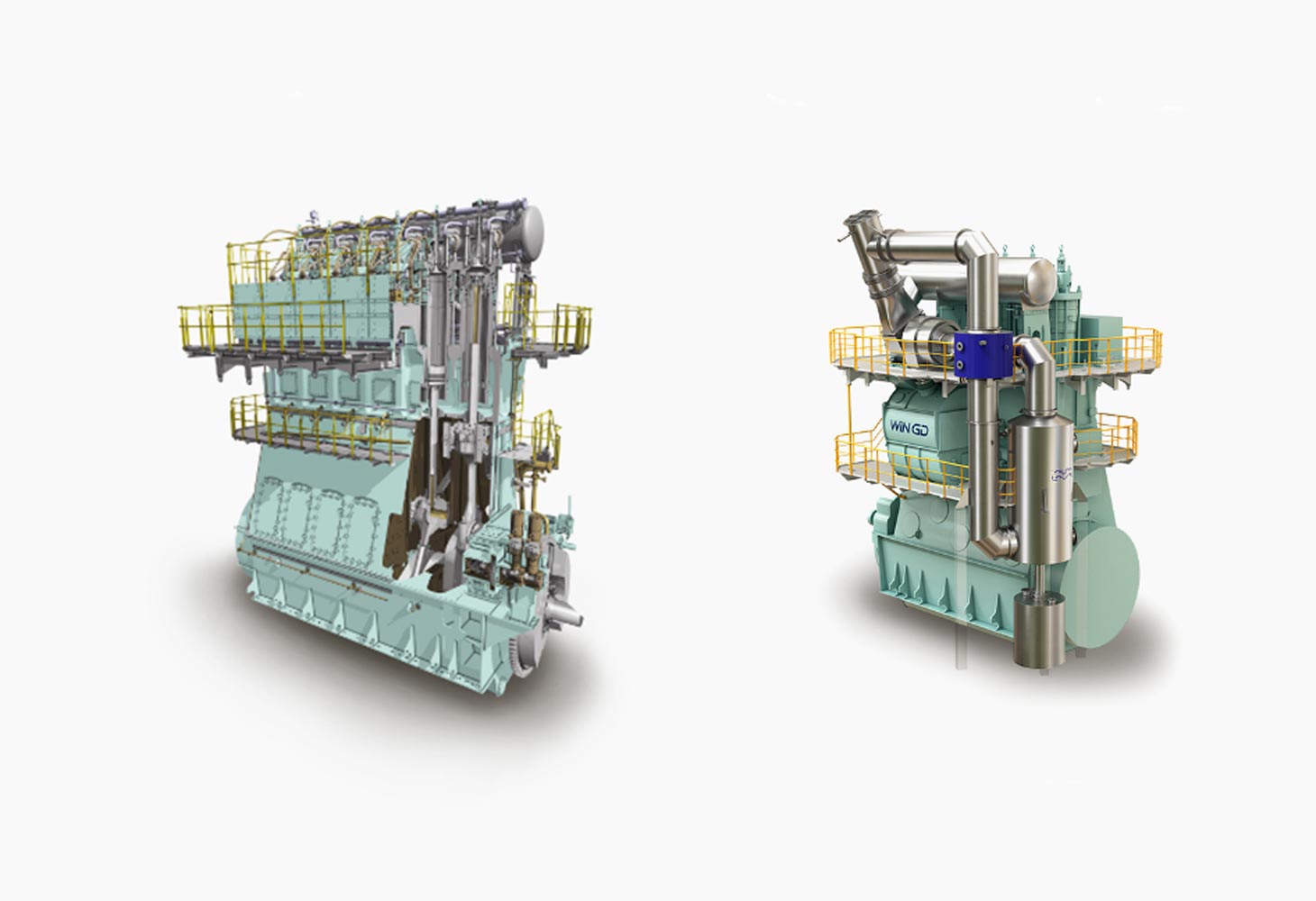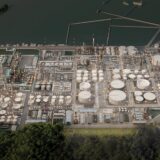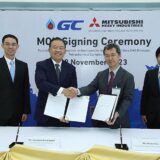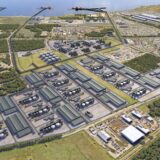
WinGD and HHI partner on ammonia two-stroke engine development
Winterthur Gas & Diesel Ltd. (WinGD), headquartered in Winterthur, Switzerland, and the Engine Machinery Division (EMD) of South Korea’s Hyundai Heavy Industries, the world’s largest builder of marine engines, will collaborate on delivering the first WinGD engine capable of running on ammonia, providing a vital step in shipping’s progress towards decarbonisation.
Under a memo of understanding (MoU) signed on June 7, the two parties will aim to deliver a first engine by 2025, in line with WinGD’s previously announced timeframe for bringing ammonia engines to market. The project will explore ammonia concepts for both diesel-fuelled WinGD X-type engines and dual-fuel LNG X-DF engines.
“This project will give WinGD and HHI an important advantage in the development of ammonia-fuelled marine engines. It will set the path for a new generation of two-stroke engine technology applicable to a wide range of cargo vessels in the coming decades,” said Dominik Schneiter, VP, R&D, WinGD.
“There is strong market demand for commercialised ammonia-powered vessels in the near future. This collaboration with WinGD will ensure that EMD is ready to support that demand with the required engine technologies,” said Kwang-Hean An, president and COO, Engine Machinery Division, Hyundai Heavy Industries.
The project will include developing relevant safety, emissions abatement and fuel supply solutions for ammonia engines targeting the local market.
Ammonia is a hydrogen-based zero-carbon fuel that can be produced with no greenhouse gas emissions using renewable electricity. It is likely to have an important role in the decarbonisation of shipping, particularly in deep-sea shipping where net-zero carbon fuel options with the required energy density for feasible onboard storage are limited.
Ammonia-fuelled engines will join WinGD’s solutions ecosystem designed to help ship owners and operators decarbonise their vessels. Alongside its multi-fuel engines WinGD has developed a range of optimisation solutions, including hybrid power system integration and state-of-the-art digital optimisation systems, to minimise fuel costs and provide operational flexibility.











